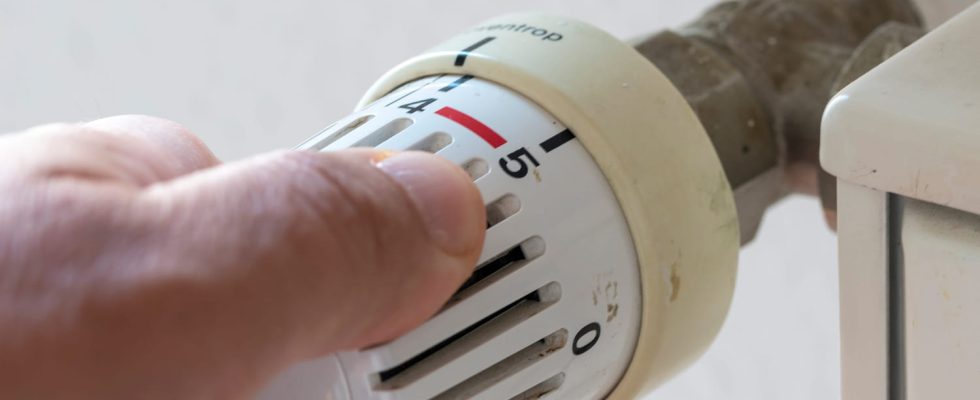These small logos and numbers should not be taken lightly, warns this expert.
When you turn the knobs on your radiators to adjust the temperature, have you ever thought about what those little numbers or logos that accompany them really mean? These numbers, usually zero to five, are a source of confusion for many people. They are actually linked to an essential element of your heating system: thermostatic valves, also known as TRVs (Thermostatic Radiator Valves in English).
Heating expert Ryan Harrison says many people think these numbers have something to do with the desired radiator temperature. This is not the case. The operation is as follows: on radiators connected to boilers, these levels make it possible to limit the quantity of hot water which circulates through the radiator. Position 0 means the valve is completely closed, preventing hot water from circulating through the radiator. This position is ideal for the summer months. So there’s no point in turning everything off if it’s temporarily too hot in your home this winter; the system will consume more when it restarts. Better to play at a constant temperature.
For other levels, remember that the real temperature depends in particular on the insulation of the room and the heat emitted by the radiator. It is therefore impossible to precisely adjust a thermostatic valve to the nearest degree. However, by keeping in mind how the numbers on the valve work, you can better adjust your heating. Here is an overview of the positions to remember.
When you want to maintain a minimum temperature of around 6 to 7 degrees to prevent the pipes from freezing, opt for the frost protection position, symbolized by a snowflake. Position 1 generally corresponds to a temperature of around 12 to 15 degrees. It is suitable for spaces such as cellars or areas with little traffic. Position 2 provides a temperature range of approximately 15 to 17 degrees, which is suitable for unoccupied rooms or hallways. Position 3 is particularly important, as it equates to a temperature of 18 to 19 degrees. This level is recommended by the expert for many rooms in order to promote energy savings while ensuring your comfort, particularly in the evening in a bedroom.
Positions between 3 and 4 are ideal for kitchens and living rooms, with an average temperature around 19 to 20 degrees. Position 4, on the other hand, can be useful for babies’ or young children’s rooms, as well as for bathrooms when you use them with a maximum of 22 degrees. Finally, the maximum level or 5 should be avoided as much as possible, because it corresponds to maximum use of the system, which will be energy-consuming and inefficient. Use this position only if you are away for a long time and return to a very cold house.
In summary, the expert points out that it is essential to adapt the setting of your thermostatic valves according to the use of each room. This will avoid wasting energy by unnecessarily heating spaces with little traffic. These small adjustments may seem trivial but make a big difference on your energy bills while maintaining optimal comfort in your home.
